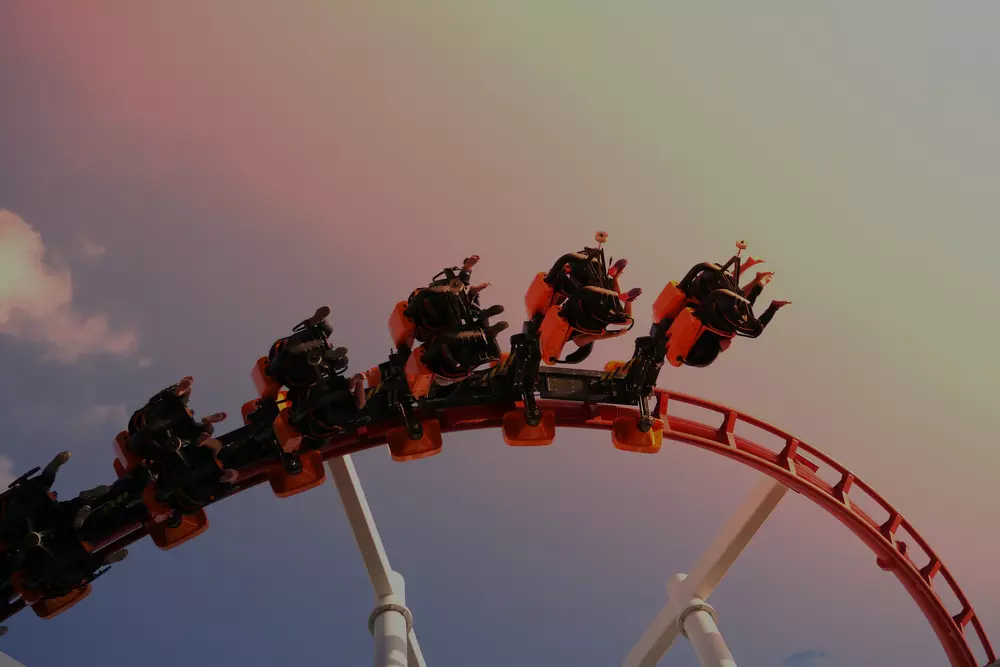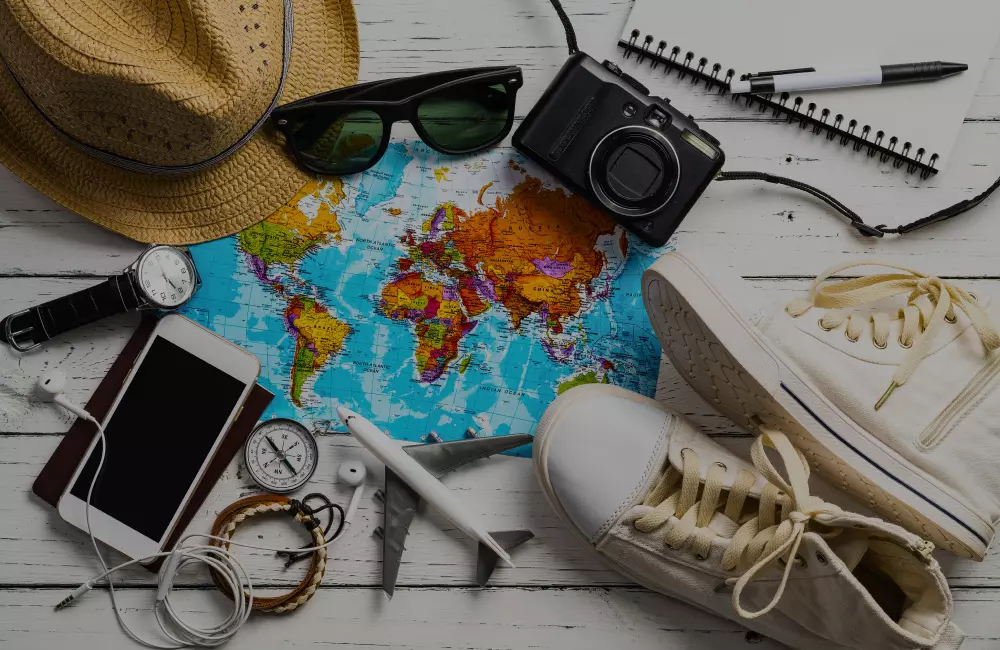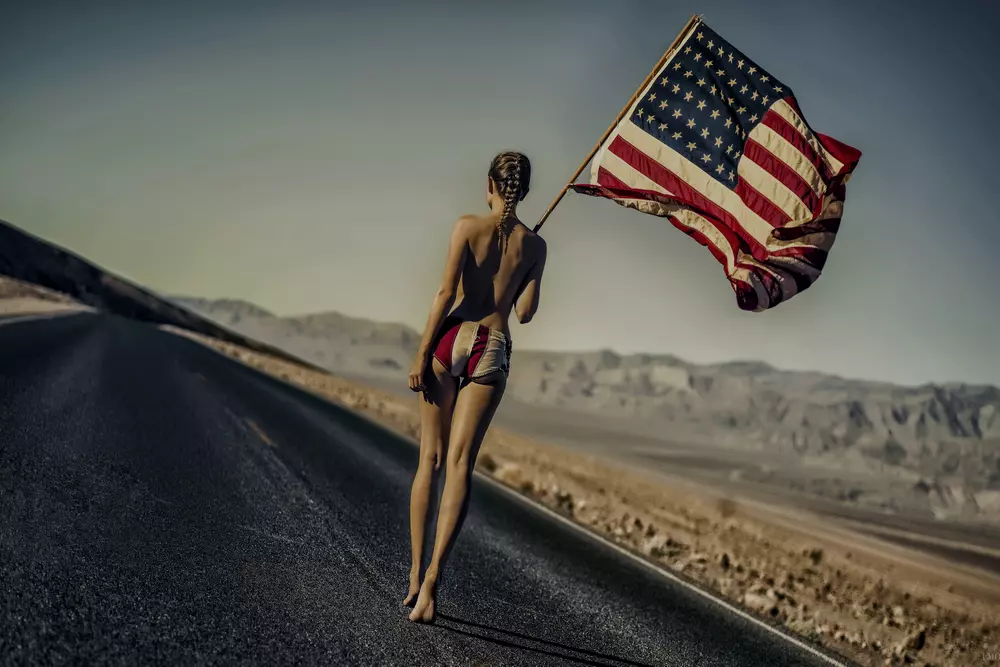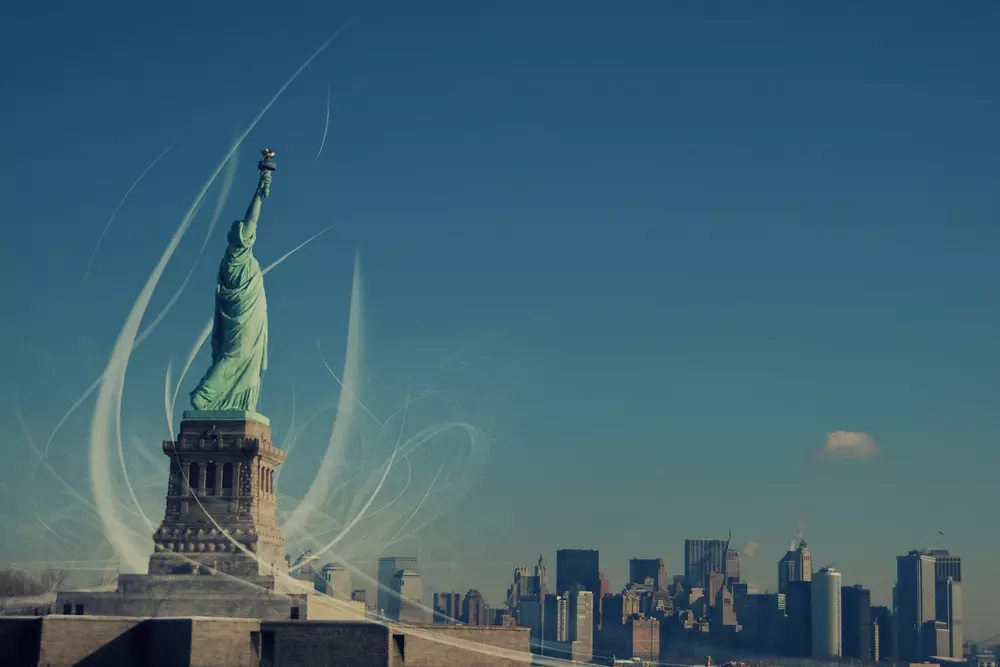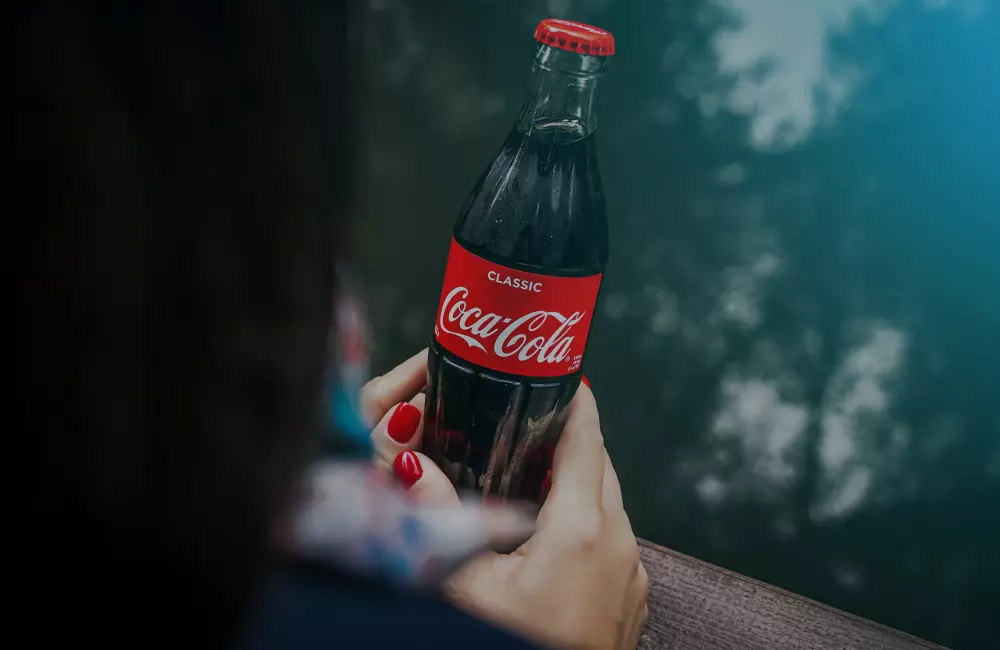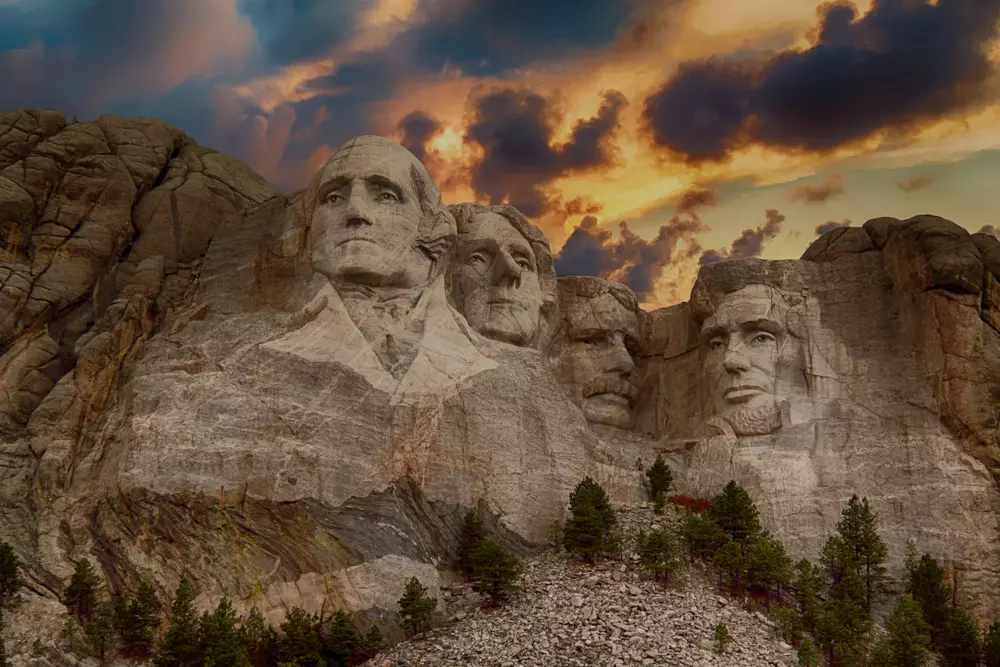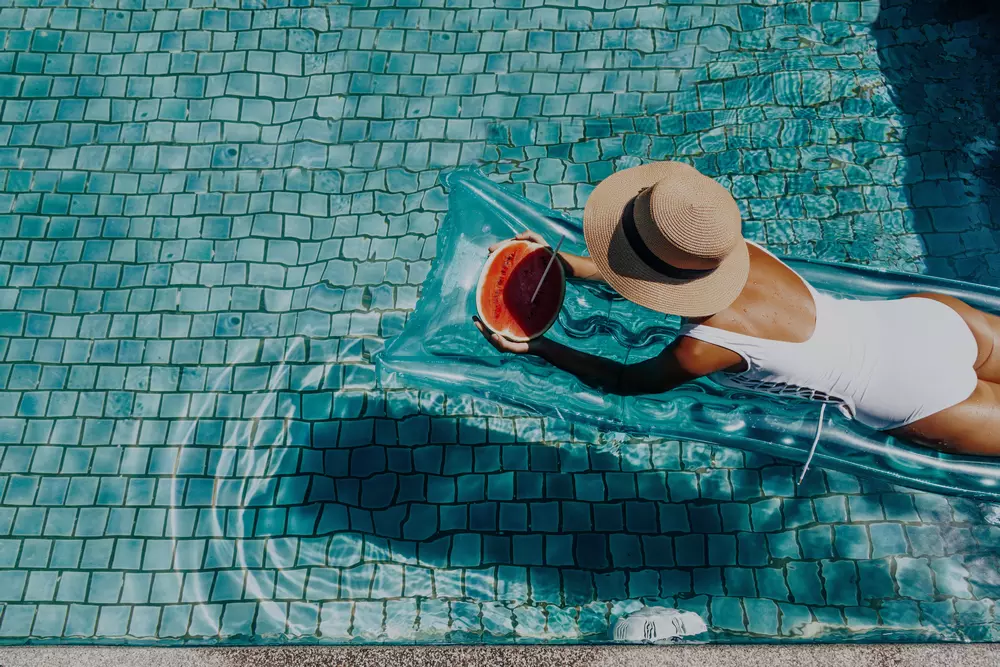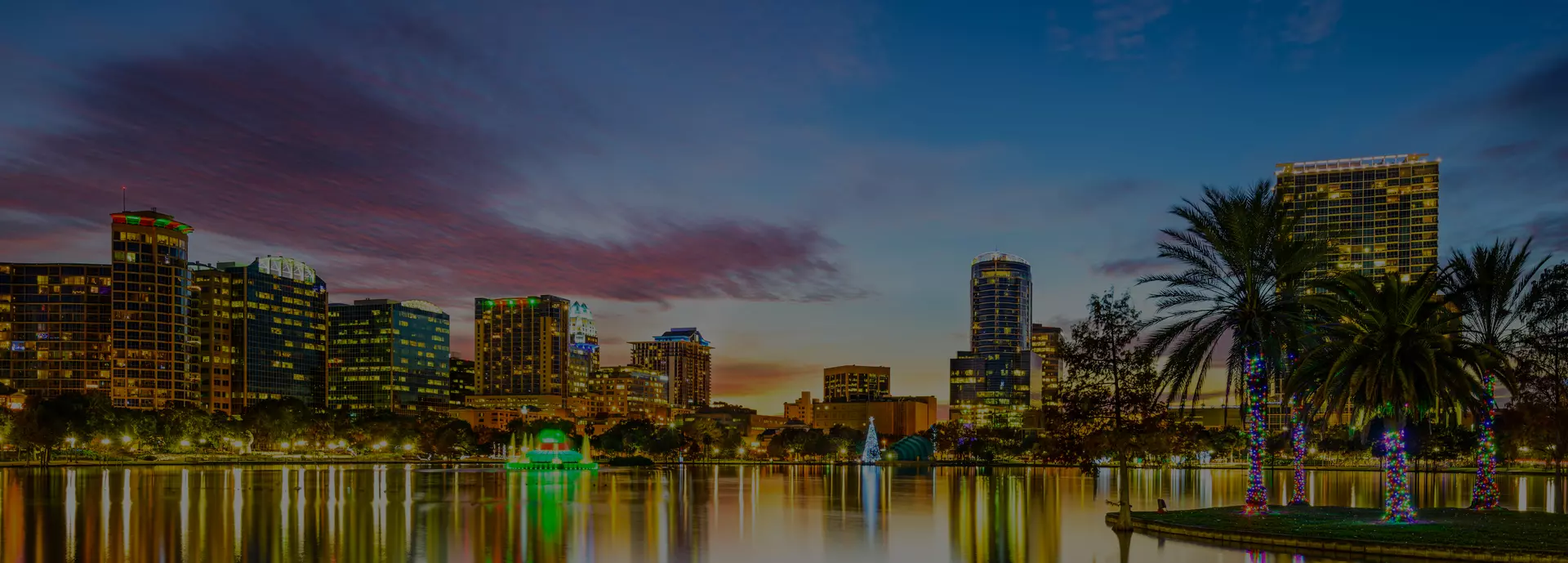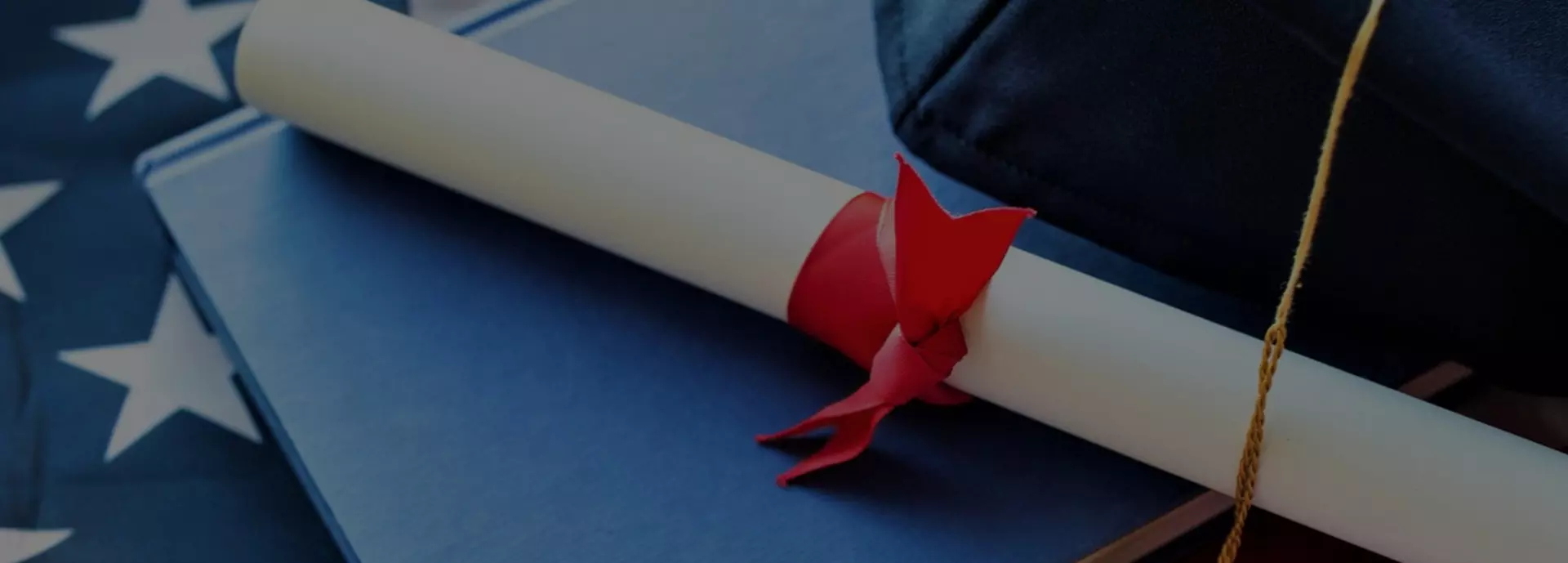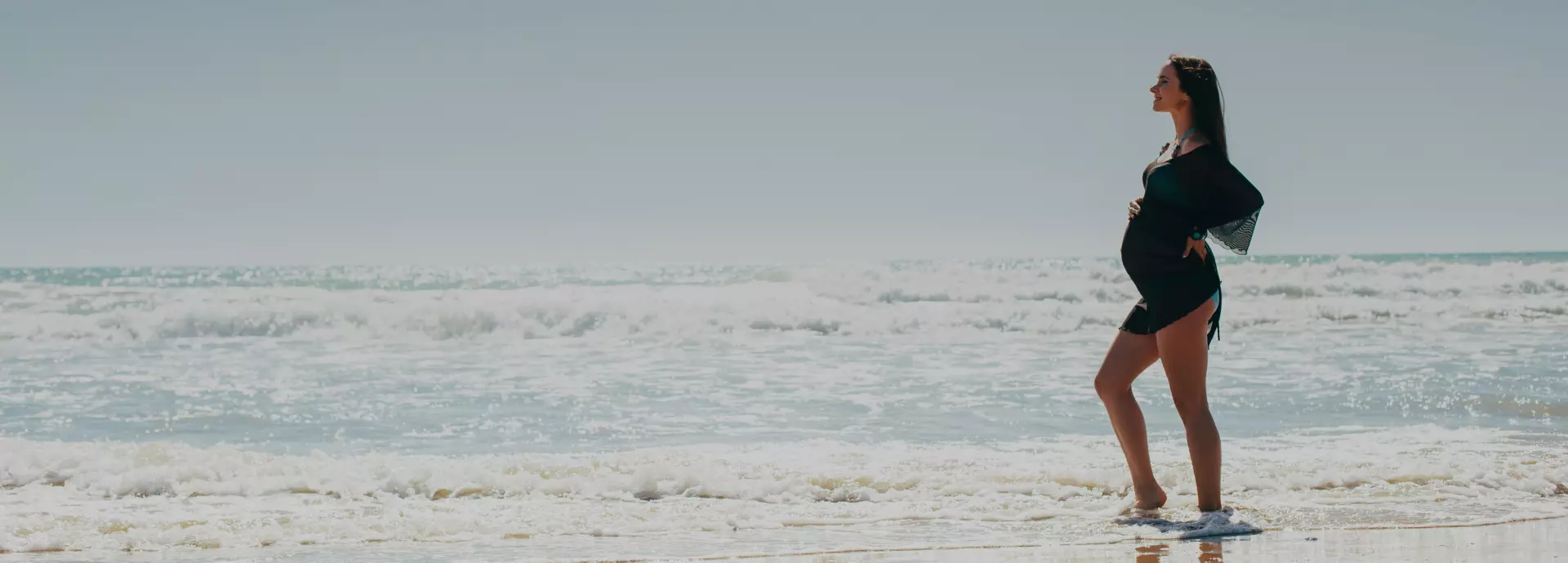Walt Disney’s Success Story: From Mickey Mouse to Disneyland
Read the article and find out how a good friend of children Walt Disney is connected with the Nazis, how Disneyland was built and whether it is true that the body of the cartoonist lies in a cryochamber and is waiting for an early defrosting.
Disney cartoons are forever. Who hasn’t cried over The Lion King or The Little Mermaid, been mesmerized by Cinderella, or tried to talk like Donald Duck? But we usually only see what’s shown to us on screen.
Today, American Butler invites you to peek behind the curtain and discover who the mysterious Walt Disney really was — and how he managed to build an entire cartoon empire.
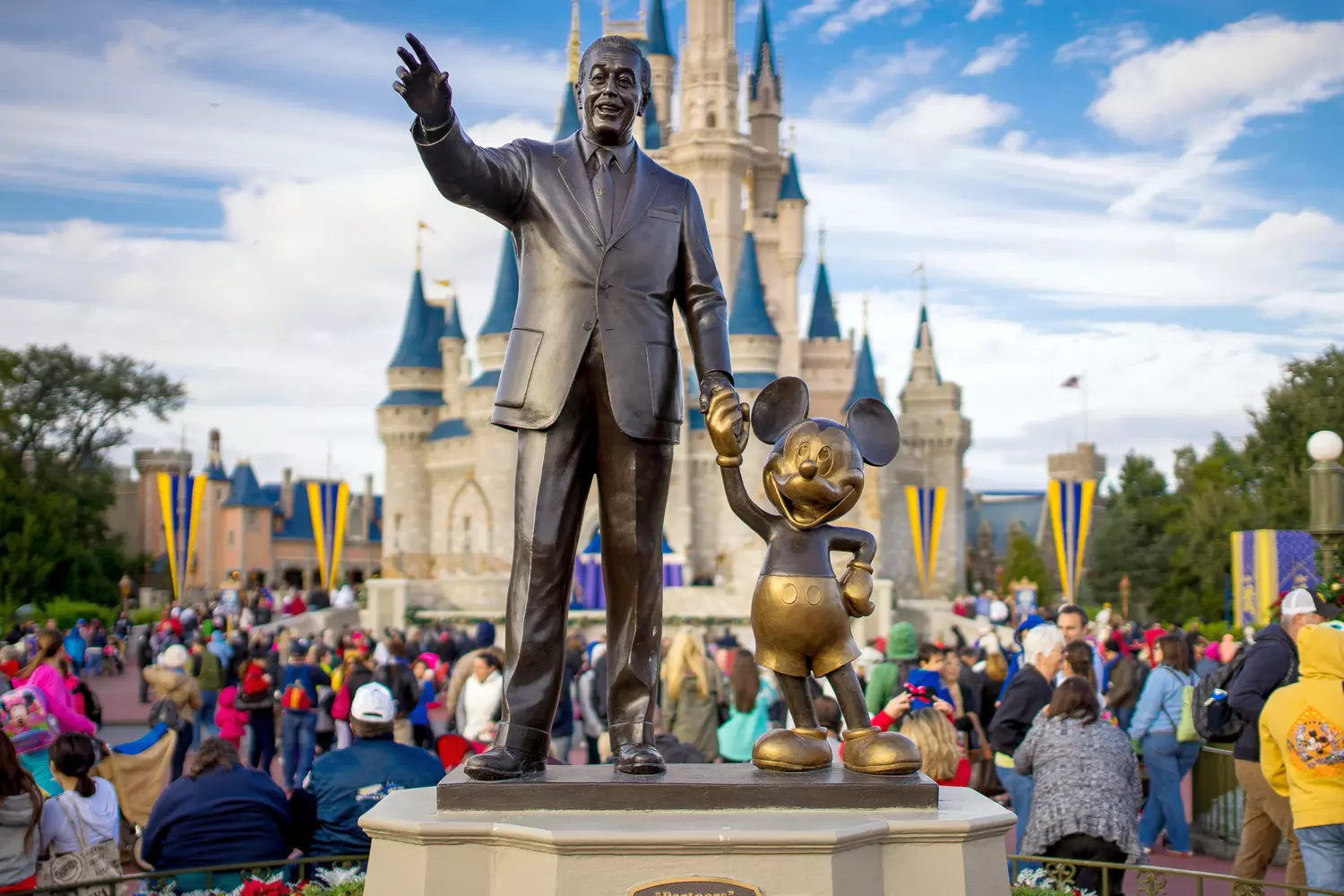
Life Before... The Walt Disney Company
Walt Disney is often seen as the kind uncle who drew cartoons — the man who came up with Mickey Mouse, gave us a whole parade of princesses, and built a massive theme park. And while that’s true… it’s also not the whole story. Disney became a symbol of American animation, but as a person, he remains a figure full of contradictions.
His career didn’t start off all that brightly — his modest youth coincided with World War I. Animation became a creative outlet after he had worked as an ambulance driver on the front lines. He eventually got a job at an advertising agency, spent a couple of years freelancing as an illustrator, and then founded his own animation studio. Fun fact: Disney was asked to leave the agency — wait for it — due to a "lack of imagination."
Let’s clear up one common myth right away: Walt Disney didn’t invent or draw Mickey Mouse (originally named Mortimer). That credit goes to his friend and colleague, Ub Iwerks. In fact, many of Disney’s early characters were designed by Iwerks. But it was Disney who turned the little mouse from a background figure into a leading star. He also brought him friends — Minnie Mouse, Donald Duck, Pluto, and many other iconic characters. Which is all the more amusing, considering that Walt Disney himself had a lifelong fear of rodents — especially mice.
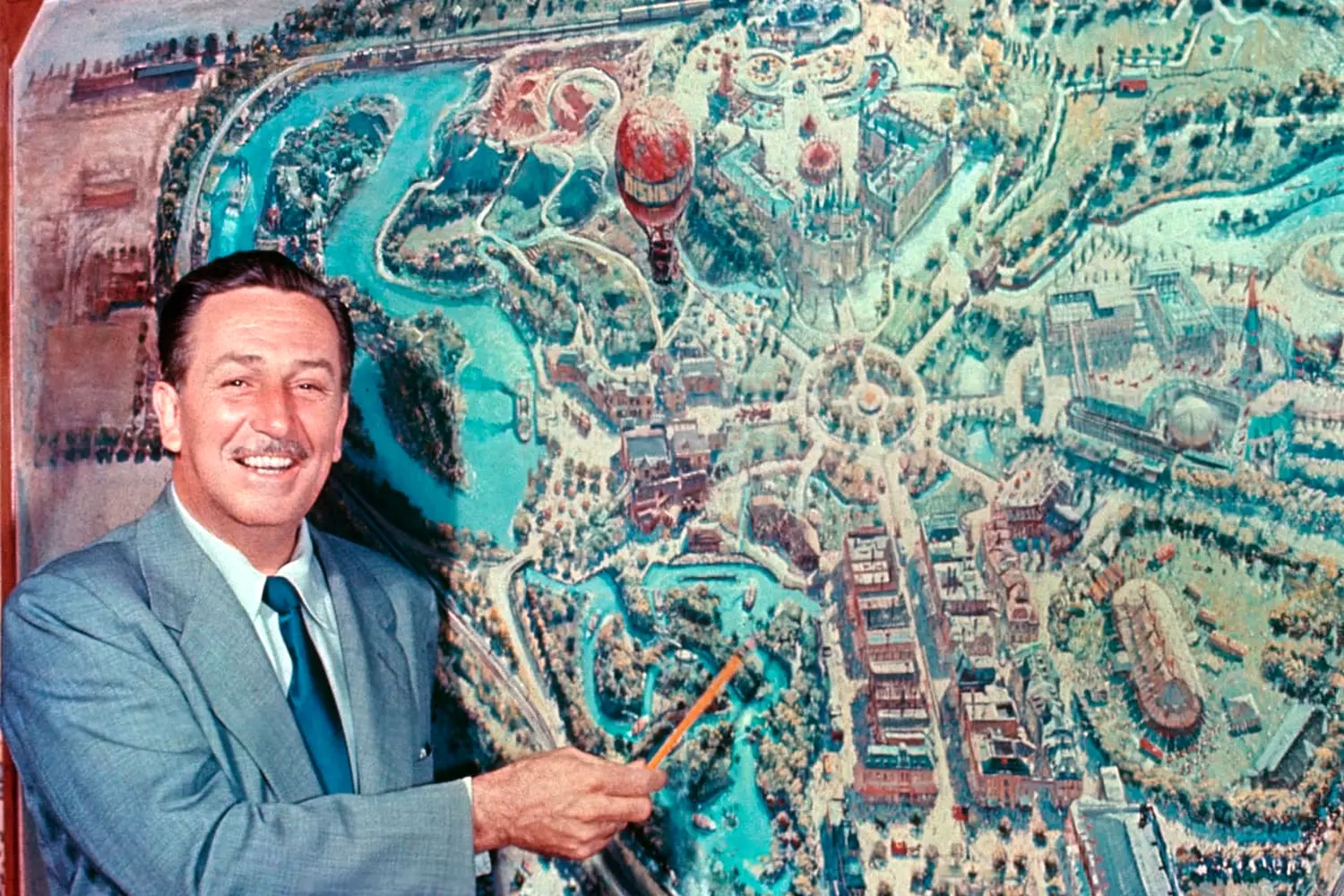
Disney + Animation = A Story of Success
It all began with “Oswald the Lucky Rabbit” — a cartoon created by Disney and Iwerks that was picked up by Universal Pictures and warmly received by audiences. This was followed by a string of hits featuring Alice in Wonderland, Snow White, Dumbo, Bambi, and Pinocchio. The iconic series of princess films — from Cinderella and Belle to Sleeping Beauty — became a cultural standard. When we think of Cinderella today, most of us imagine Disney’s blonde girl in a sky-blue dress.
With nearly every new animated film, the studio introduced fresh techniques. Sound quality improved, animation effects grew more sophisticated, and even title sequences evolved. Disney implemented a rewards system at the studio — employees who submitted suggestions to improve the film’s quality received bonuses. This incentive model was soon adopted by nearly every major animation studio in the world. As a result, The Walt Disney Company earned the Academy Award — the prestigious Oscar — 26 times.
Disney eventually adapted nearly every famous fairytale and children’s story, sometimes even inventing original ones. But one project that didn’t quite land with audiences was Walt Disney’s own “Fantasia.” A deeply personal project he had envisioned for years, Disney produced most of it without much input from other artists. The result was avant-garde and at times even psychedelic — and it puzzled viewers. The film flopped at the box office, causing the studio to quickly return to the familiar formula that had proven successful. Since then, they’ve rarely strayed from it.
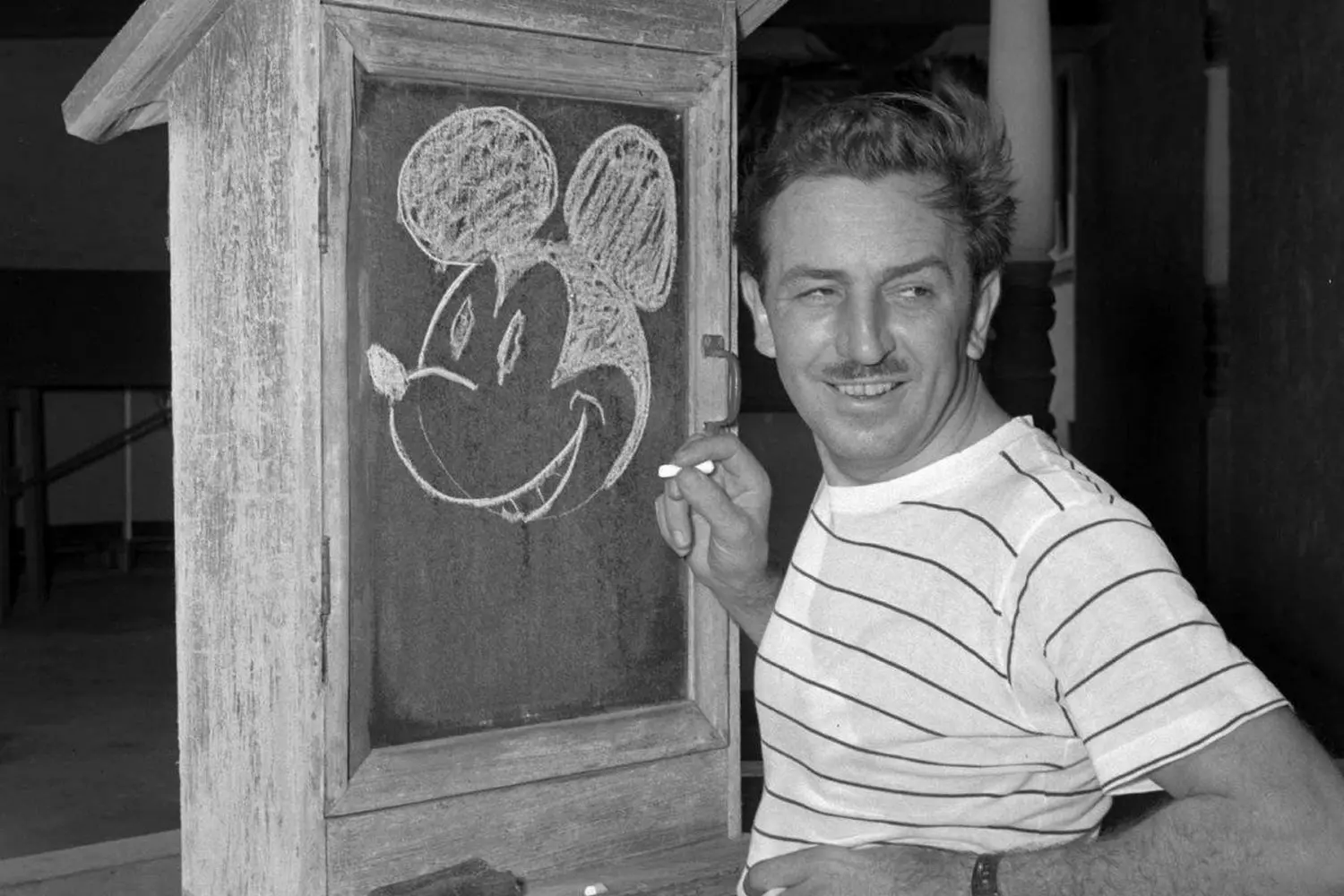
The Disneyland Era
The idea for a theme park project came to life during Walt Disney’s final years. He personally purchased 65 hectares of land to build a massive space where his fairytales and cartoons would become reality. To fund the construction, he first launched a television program, which later grew into the Disney television network.
The first park opened near Los Angeles, in the city of Anaheim. And its opening day was a disaster. The number of visitors was 2.5 times higher than expected (29,000 instead of 11,000), traffic gridlock surrounded the park, guests' shoes got stuck in freshly poured asphalt, drinking fountains didn’t work in the nearly 40°C heat, and a gas leak occurred on one of the rides. The project seemed doomed. But the next day, over 50,000 people were lining up to get in.
Guide to Orlando Amusement Parks
The park has enjoyed — and continues to enjoy — enormous popularity. Every year, Disneyland parks in America and Europe welcome around 15 million visitors, and the revenue they generate exceeds the total box office from all of the company’s animated films combined.
One of the most iconic symbols of Disneyland is the Sleeping Beauty Castle, which later became the company’s official logo. It is believed to have been inspired by the Bavarian Neuschwanstein Castle, which Walt Disney saw during a trip to Europe in the 1930s. However, some believe the castle also served as a symbolic gesture — a rebellious nod to Germany, with which Disney had a complicated relationship.
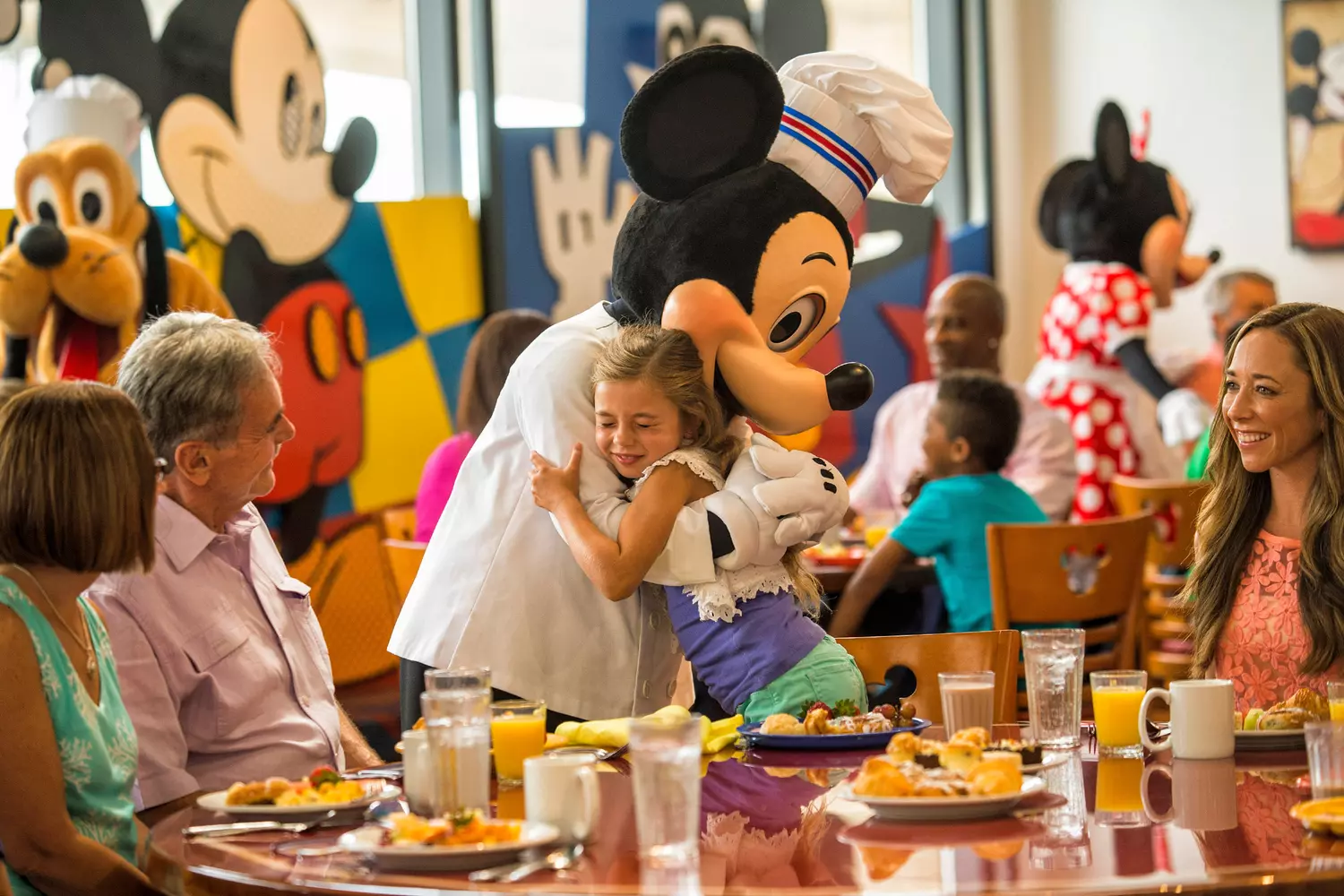
The Real Walt Disney: Genius or Contradiction?
Like many people close to genius, Walt Disney had his flaws. The wholesome family man, creator of kind and innocent cartoons, collaborated with the FBI, regularly informed on his colleagues, sympathized with some Nazi ideas, and reportedly harbored negative attitudes toward Jews and communists.
It’s a known fact that he maintained a friendly relationship with German actress and Nazi propagandist Leni Riefenstahl, and attended meetings of organizations that promoted friendship with fascist Germany. In reality, he likely believed that peaceful relations were better than dragging the U.S. into another war. Still, the result was dozens of Disney studio employees being questioned due to careless political statements.
His attitude toward fame was also complicated. Disney wanted to be the sole face of the company so badly that it eventually destroyed many creative partnerships. Notably, Ub Iwerks — his longtime friend and co-creator of the early animations for The Walt Disney Company — was pushed to the limit. Disney refused to publicly acknowledge him as a co-author, prompting Iwerks to leave the company, attempt to start his own studios, and distance himself from Disney as much as possible.
Eventually, Iwerks transitioned into film production and worked peacefully with many famous directors. For example, the visual effects in Hitchcock’s “The Birds” were his work.
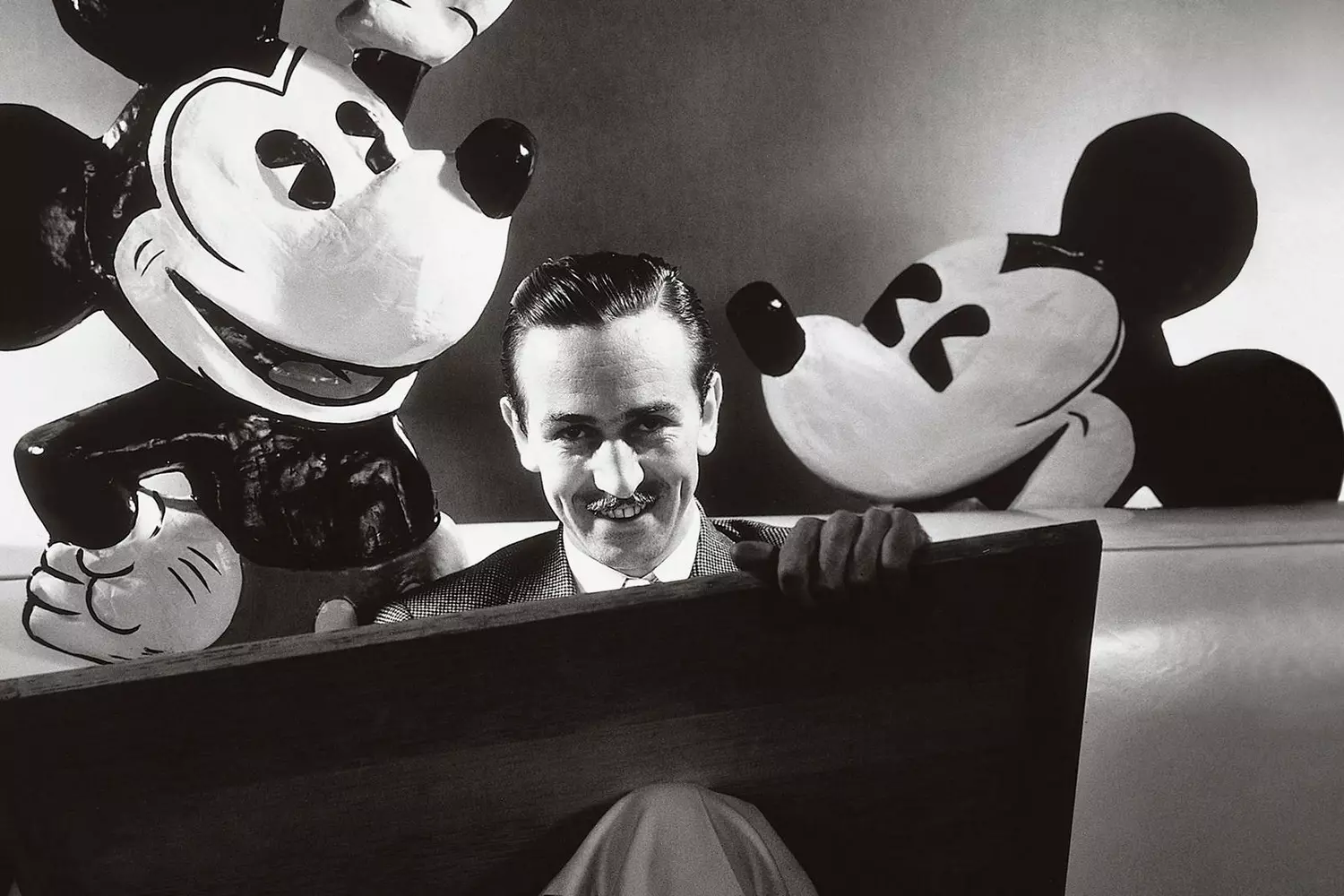
A legacy that lives on
Walt Disney passed away on December 15, 1966, before the grand opening of Disney World in Florida. A lifelong smoker, he died painfully of lung cancer at the age of 65 and was buried in a fairly ordinary grave in a California cemetery. After his death, the company made the decision to stop depicting smoking scenes in its animated films.
Rumor has it that Walt Disney's body was cryogenically frozen because he believed in future revival technologies. In reality, things were much more mundane.
His ideas, style, and creative approach live on to this day.
- The Disney company is one of the largest entertainment empires in the world;
- His storytelling approach has become a blueprint for hundreds of directors and producers;
- He left the world with over 20 Oscars and thousands of moments of joy.
Walt Disney's story is living proof that the American Dream works. The key is not to fear failure, not to listen to skeptics, and to keep creating — even when the odds are against you. His life is a powerful example of how one person can change the world... and bring it magic.
Want to see the places connected to Walt Disney and the history of American animation with your own eyes? American Butler will organize tailor-made tours in Los Angeles, excursions in Orlando, and of course, trips to Disneyland.
Take a step into the world of childhood and imagination — we’ll take care of everything for you.














